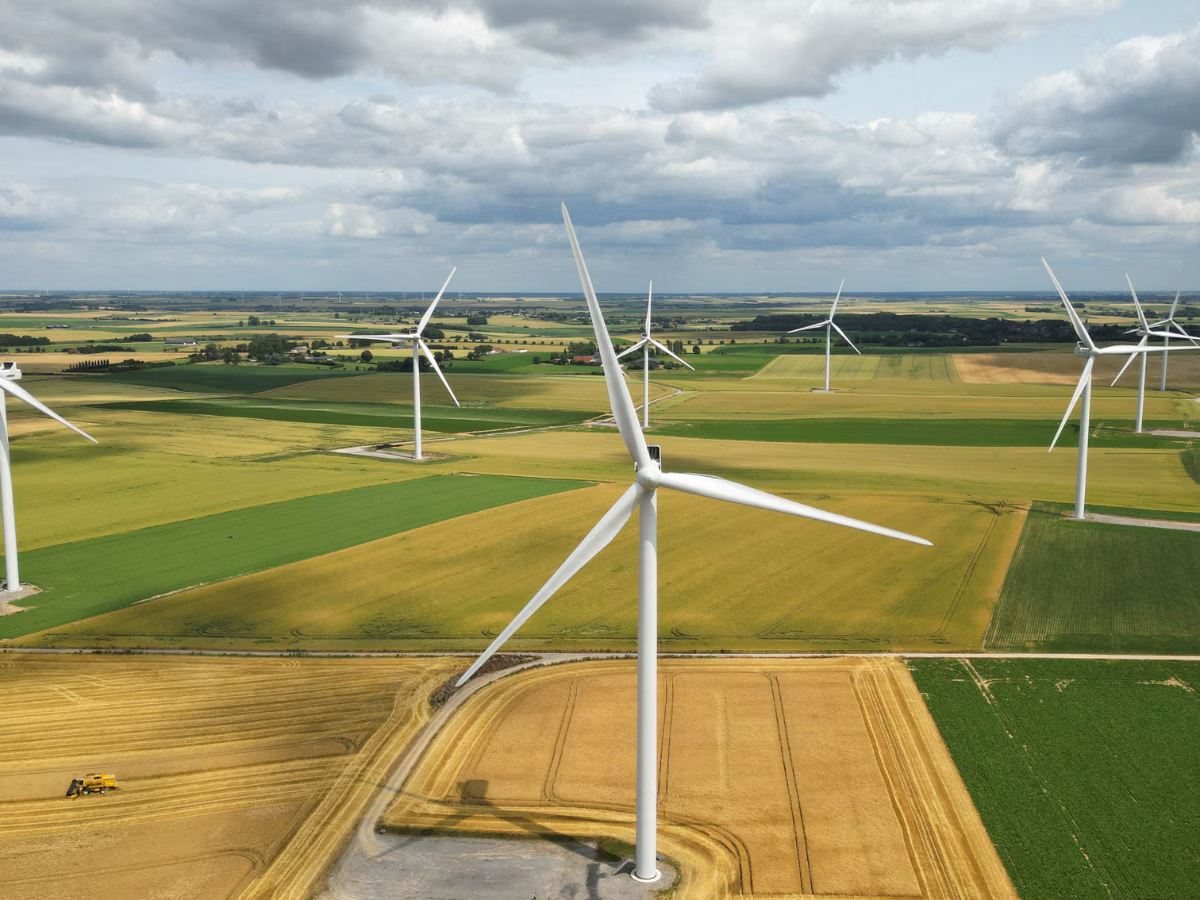
GreenLodging News; Six Senses’ Soneva Fushi Property Aims to Be Carbon Free by 2010
GreenLodging News; Six Senses’ Soneva Fushi Property Aims to Be Carbon Free by 2010
Six Senses Resorts & Spas’ Soneva Fushi, in the Maldives, is the first of the group’s properties to implement a program to offset its guests’ flight emissions. This step will make Soneva Fushi carbon neutral by 2008. The resort has a goal of being carbon free by 2010.
The resort is a main contributor to the Six Senses Carbon Offset Fund, which initially will support the Converging World project. This project will establish alternative energy production methods—such as wind turbines—in communities of developing countries before they become dependent on energy from fossil fuels. The first initiative is in Tamil Nadu, India (1.5MW wind turbine as carbon off-set scheme), and has the potential to be implemented in the Maldives and other locations.
However, this is just the beginning of the Six Senses Zero Emissions Objective commitment to sustainable development and to the environment. In addition to developing climate-sympathetic accommodations that use local materials, as well as reducing some food transportation energy by growing fresh produce in its own organic gardens, the resort has gone one step further in its commitment to the environment. It engaged the British environmental engineering and design consultancy, XCO2, in early 2005, to move towards powering the entire Soneva Fushi property with zero-carbon energy. The project is under the leadership of Juergen E. Seidel, Six Senses’ group director of property maintenance.
Both XCO2 and Six Senses put emphasis on the gradual replacement of finite energy carriers such as fossil diesel, with renewable energy sources such as solar, wind and tidal power, and deep sea water cooling. The initial feasibility study resulted in a three-stage strategy for reducing diesel consumption for energy, cooling, lighting and water efficiency. For example, by initially adding energy and heat recovery systems as well as reducing wastage and loss, up to 30 percent of the current energy used is expected to be saved.



